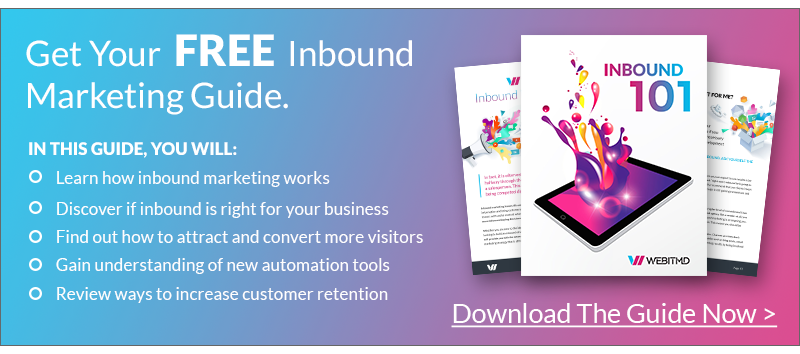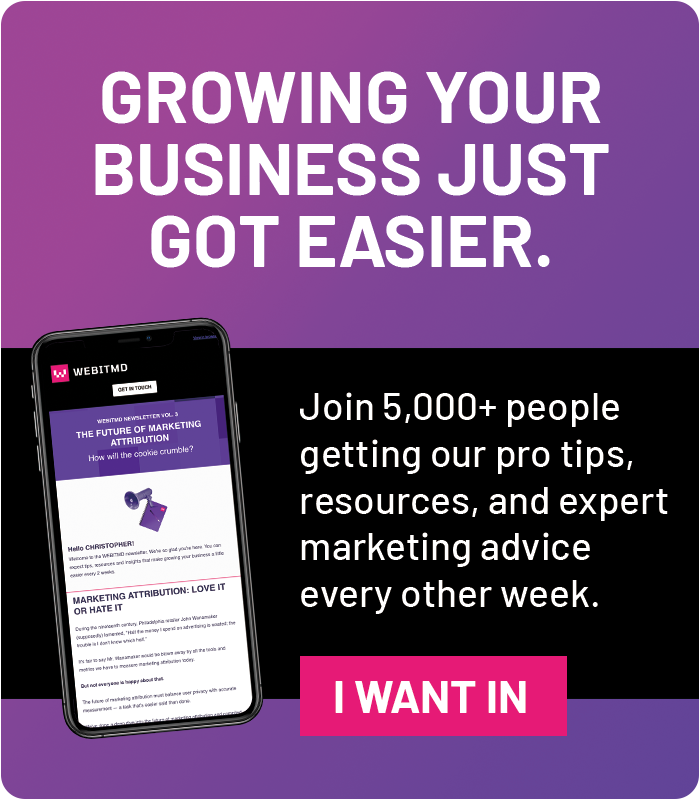With initiatives encompassing marketing, sales, and customer service, lead generation is one of the primary line items on most organizational budgets.
Lead nurturing is a communicative process that engages leads once they are generated with various strategies revolving around messaging and content. The goal is to qualify leads and convert convert them into customers. The nurturing side ensures that effort and money invested in lead generation isn’t being burned. Marketing automation helps in both these departments by allowing marketers to focus on the most qualified leads and ensuring they complete the buyer’s journey where they convert into customers.
Enter marketing automation; the core component to any lead nurturing endeavor orchestrated by the best inbound marketing agencies in Los Angeles, to those in New York City. When using the best marketing automation software (there are a number of platforms to choose from) you get access to a number of lead generation tools that allow leads to be qualified and converted much faster this saving your team time and your organization money.
HubSpot reports that companies using marketing automation for lead nurturing see an increase in qualified leads by more than 400 percent. Additionally, other studies show a 50 percent increase in nurtured leads making larger purchases than those who were not fed content through marketing automation.
Being able to qualify leads and nurture them using marketing automation is vital to your business hitting its growth goals. Whether you are an inbound marketing wizard or new to inbound marketing strategies, this article will cover 12 lead nurturing best practices to follow that will help your organization hit its sales goals while saving your company time and money.
1. Inbound Marketing Runs on Lead Scoring
Any worthy marketing automation platform will have a lead scoring tool that allows marketers to pinpoint when nurtured leads are qualified and ready to enter the world of sales and strategic outreach. Most lead scoring tools work on a points system and earn points for actions like the following:
- Spending significant time on high-value web pages
- Opening an email and clicking the CTA
- Requesting samples or demos
- Filling out forms on landing pages
- Registering for and attending webinars or other events
It’s a best practice to have a threshold for marketing qualified leads (MQLs). Be sure to get together with your sales team to determine which actions warrant a certain score, and what a score needs to be in order for it to be a solid MQL. Then revisit this metric at least once a quarter to determine if leads are being qualified too late, or too early. This is an agile process that will help marketers fine-tune the perfect cocktail for lead qualification.
2. Be Data-Driven, Make No Assumptions
Using analytics and various tracking and analysis tools are an industry standard for best practices. The best marketing automation platforms will pull Google analytics for organic analysis, and have its own solution for providing deep insight into the results of your lead nurturing efforts.
Many businesses make the mistake by assuming to know their buyers, but numbers don’t leave anything shrouded in mystery; learn exactly what is working, and what is failing so you can make necessary adjustments.
Data can also be a catalyst for creativity. Data can tell you what kind of content to create, as well as format and which buyer audience to target. For example, creating a downloadable asset with informative, in depth buying tips for someone in the awareness stage could see for an interesting alignment between your creative development and content marketing teams. Just be cognizant that as you move on your decisions should be based on action-driven data from your marketing automation software.
3. Spread Your Focus Across Multiple Channels
Various industries and demographics consume information through different communication channels. This means you can’t simply throw your message out there and hope it sticks. A best practice is to nurture your leads through the channels where they spend the most time. This could be email, social media, blogs, and on their mobile devices.
Marketing automation allows companies to engage potential customers where they are most commonly found, and collect data by identifying these places. Multiple studies indicate that this is where the majority of your sales-ready leads come from, and the cost of attracting them is extremely low.
4. Setting the Cadence
Over time you will stitch together a roadmap to nurture leads through the buyer’s journey. Most of this will encompass direct outreach via multi-channel marketing campaigns and emails. The last thing you want to do is flood your leads with constant outreach. If you have noticed an increase in SPAM reports and unsubscribes, you may already be annoying people. It is a vital best practice to set a cadence for outreach that will keep leads engaged but not overwhelm them with frequent messaging.
5. Embrace Smarketing
Smarketing is a term coined by HubSpot that simulates the alignment of marketing and sales. A lead offers zero value if it gets qualified and then left to dry out. Your sales team needs to reach out to the lead before it gets old and dusty in order for there to be a clean conversion. By aligning your sales and marketing team, you can ensure the lead nurturing process is buttoned up.
We already talked about lead scoring, which is one way to maintaining a healthy smarketing approach. You will also want to make sure there is a smooth process for handing off MQLs to the sales team with automatic task set-up. This is where internal communication solutions like Slack come into play. Continuing with the technology thought, having an agile all-in-one CRM accessible by marketing and sales will keep both departments on the same page in terms of follow-up touch-points and steps along the lead nurturing process. Finally, sales and marketing managers should schedule recurring meetings to talk about how leads were nurtured and talk about strategies revolving around the lead’s known interests.
6. Create Inbound Content with a Purpose
One of the biggest mistakes made in writing inbound content is creating messaging that’s too sales-focused. This is a sure way to turn people off. Instead, follow the best practice to slowly gain their trust by creating content that speaks to their intimate pain points with the goal to nurture them to the next stage of the buyer’s journey. This content could be blogs, white papers, infographics, social media, or any type of content that focuses on your leads and aims to solve their specific problem. It’s okay to speak about your brand so long as it’s in a passive manner, but ideally you want to keep content focused on your buyer’s until they are deeper into the decision stage. Then you will want to mix the focus of your content so it is directed at their needs and towards your brand–showing how your products will offer the best solution to the lead’s problem.
7. Messaging and Personalization
One big best practice not to be ignored is using lead data to customize any messaging or content you automate out or post. By including their name, acknowledging their industry, mentioning their location, past purchases or any other personal data you can create highly targeted content that resonates and that will garner higher conversion rates as opposed to a one-size-fits-all messaging approach. This approach is especially crucial to do in email marketing strategies, and technologies to help marketers with this step alone are predicted to blow up in the years to come.
8. By Hyper Focused on Segmentation
We talked about personalizing content as a best practice for nurturing leads with targeted emails, and this is where segmentation plays its biggest role. Good marketing automation software should let you front-load your lead nurturing campaigns with any information about the associated lead. Rather than blast out a massive email to a group of people who all have similar job titles or who work in the same industry, use detailed information on leads and segment them accordingly for a more highly targeted approach. You can even further segment lists according to behaviors that take place outside the office, and by demographics.
Create as many data streams as possible that allow for accurate segmentation. This will enable you to outreach with content speaking directly to the lead’s intimate needs at the right moment during the consideration stage.
Business Growth Relies on Lead Nurturing Strategies
Make sure you work with a top inbound marketing agency that knows how to create lead nurturing campaigns that fit your organization while delighting your target audience. Although marketing automation saves time and money, it requires careful monitoring and testing to ensure growth.
Were these Lead Nurturing Tips Helpful?
If you found value in these tips and want to learn about running a pro inbound marketing strategy, we invite you to download our FREE inbound marketing guide offering additional advise. Learn how lead gen and marketing automation work together in greater depth, and discover how the strategy can help you hit your growth goals. Got questions? Give WEBITMD a call; we love to talk shop and want to learn about your revenue goals.












.jpg)



.jpg)





![5 Reports to Elevate Your HubSpot Sales Dashboard [+ Examples]](https://blog.webitmd.com/hs-fs/hubfs/Imported_Blog_Media/6-winning-examples-of-a-hubspot-sales-dashboard-2.png?width=767&name=6-winning-examples-of-a-hubspot-sales-dashboard-2.png)